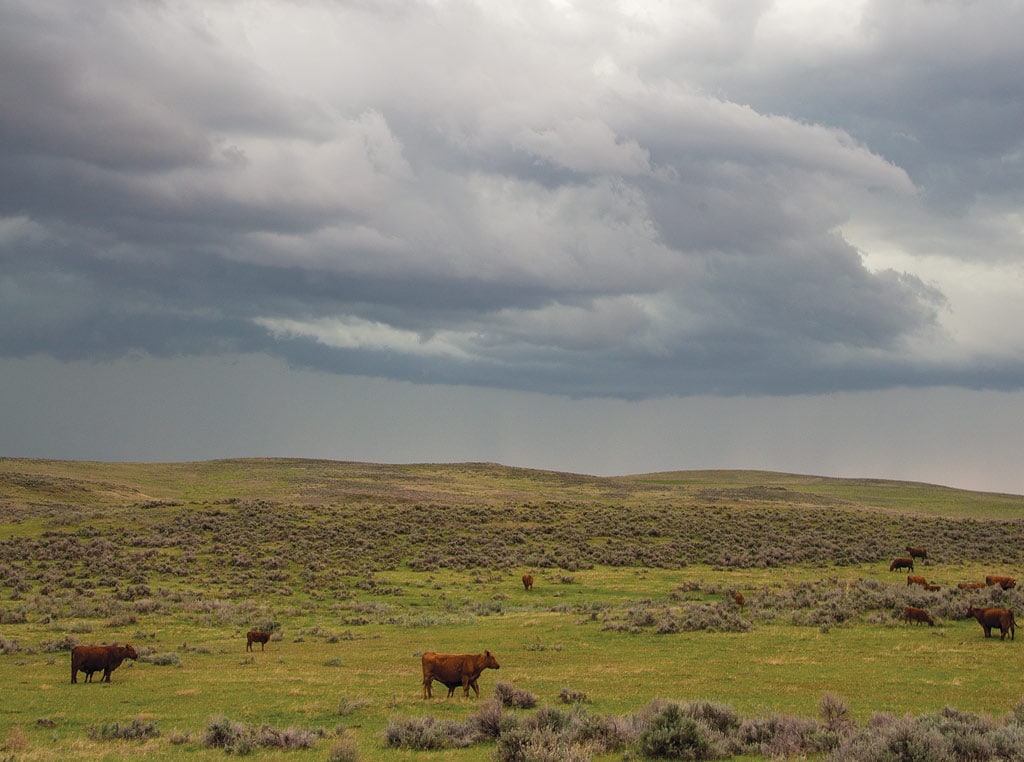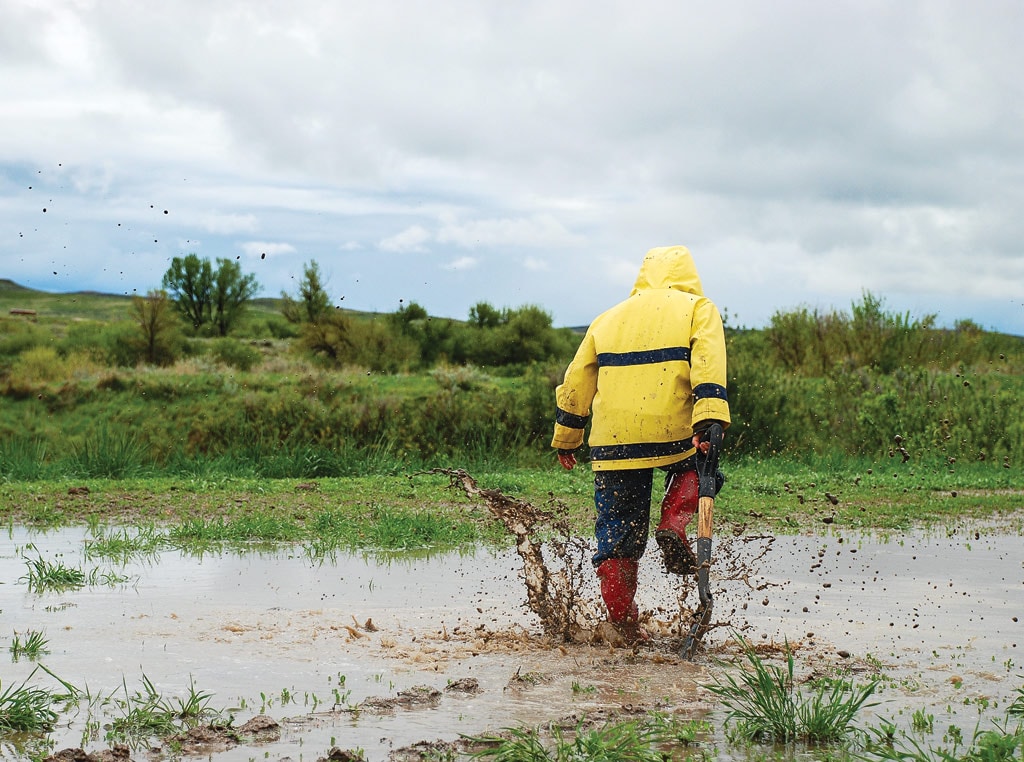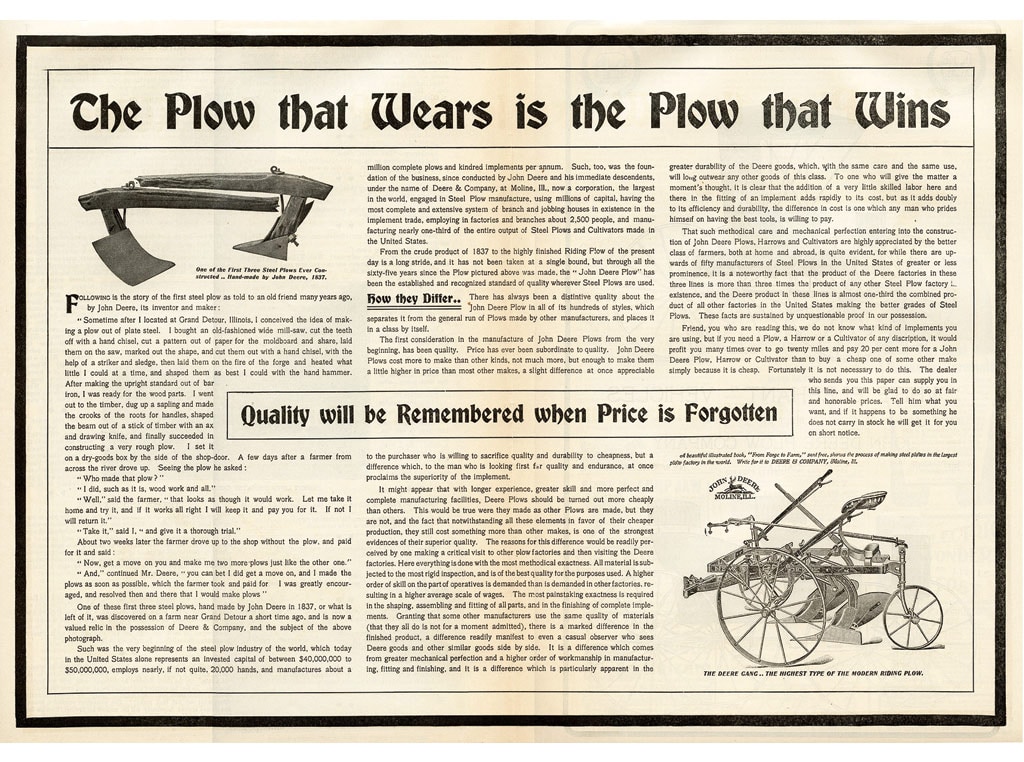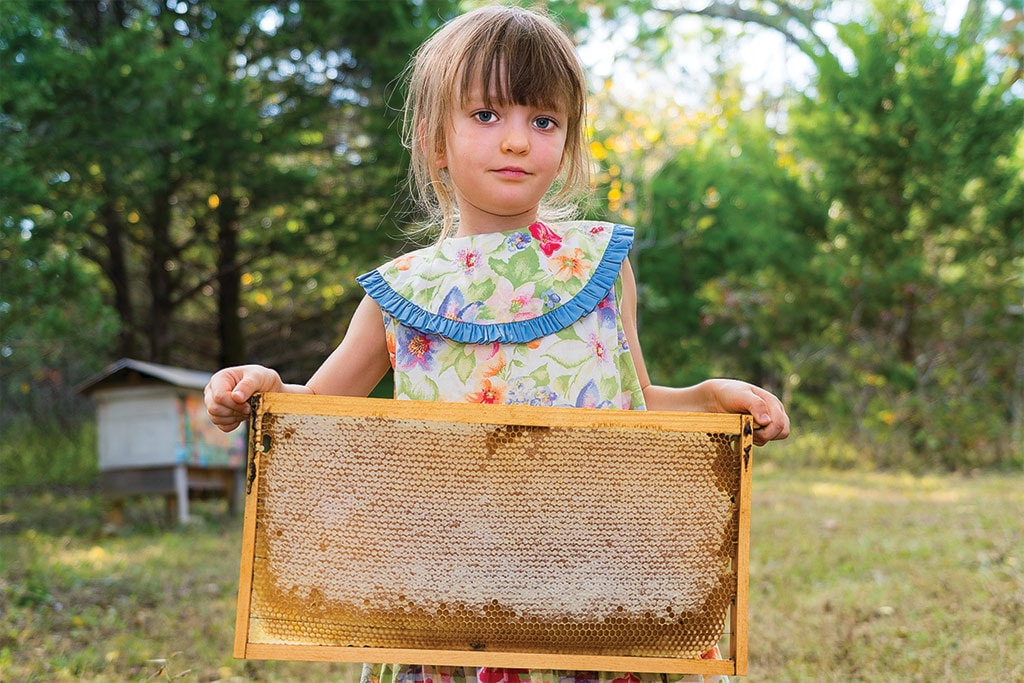
Agriculture January 01, 2021
Conditioned to Cloudwatch
Formative years spent watching weather links us forever to the farm.
Not a single cloud has swept over my family’s Powderville, Montana, ranch without undergoing close scrutiny by my father. He picks apart their intent, weighs their potential impact and anxiously follows their progress as they cross horizon to horizon.
I didn’t realize I had inherited his weather obsession until my constant upturned gaze and running cloud commentary was pointed out as an oddity by my city-raised husband. How could I not be drawn to the clouds? The majority of my formative memories — both good and bad — were directly tied to weather events. A mere 12-14 inches of rain fall on our short grass prairies each year. When and how those often fickle clouds divvy up their contents result in extreme swings in financial position, risk and mood.
Through the ever watchful eyes of a child, I picked up from the actions and responses of my parents, Tom and Lillian Ostendorf, that clouds were to be equally feared and rejoiced in. Beckoned and prayed away. Wanted desperately, yet never fully trusted.
You were never to complain about rain, because coming up just a few inches short over the growing season could have disastrous consequences.

The bad. One of my first solid weather-related memories was the extreme drought of 1988. I was 7 years old the year it didn’t rain. Abnormally high temperatures scorched away moisture. We walked in the dry bottoms of reservoirs we swam in the year prior.
Grass never grew in the pastures. Hay and crops didn’t grow in the fields. We were forced to load up the herd and take them to find grass in South Dakota.
The stress was palpable even for us kids. Much of that summer was spent with our grandparents while Mom and Dad were on the road watching the herd. I recall them being brown from the sun and thin from the effort. We did get a great family vacation to the Black Hills that year, though, on one of many trips to check cows.
On late summer evenings it’s common to find Mom or Dad atop Fire Hill — a tall rocky point behind our house. From the vantage you can spot the glow of all-too-common fires in any direction. As summer wears on, the clouds still come but they become less welcome. Too often they hold fast to their rain while loosing bolts of lightning and raging winds on the dry landscape. A truly fearsome combination on a dry year.
In late August 1996 we watched towering cumulus clouds build on the horizon as we moved cattle. Though brimming with potential, they never spilled a drop, instead delivering more than 100 dry lightning strikes and ferocious winds. Nearly our entire ranch burned in the span of two days. Sitting in a summer fallow field in vehicles loaded with treasured belongings, we watched as waves of fire licked over the entire length of the ridge and into the wheat field across from our home.
Thankfully, the change of fuel turned the fire. Wet years brought their own brand of stress. Crops stood taller than ever in our fields in July 1992, a year that had proven to be excellent thus far. While we socialized in the park at my parents’ 20-year class reunion 60 miles north in Miles City, they took note of the menacing cloud sweeping by to the south. Upon arriving home, they found a horrendous hail storm had pulverized chest high wheat and hay barley fields, even sweeping away the residue making it look as though the crops never existed.
Though that was probably the worst, many summers we watched the clouds and shuddered as we felt the sudden chill in the air portending the potential of hail. Bad memories stand out, but far more frequent, thankfully, were the good memories associated with the blessings of a well-timed, plentiful rain.
The good. Impatiently, faces glued to the screen door, we would wait to get the lightning all clear from Mom after a big rainstorm. At her nod, we’d race out bound for the mini river that reliably appeared on the road between the house and barn. Often barefoot with shovels in tow we’d dam and ditch and splash with glee in the water trickling its way from the hills behind our house to the usually dry Corral Creek out front.
The rich scent of water bathing dry soil filled our lungs and wet clay squished between our toes. Soon after we’d take a drive to enjoy the puddles and see if it rained enough to top off the reservoirs. Of course, there was the obligatory call to neighbor Ben Minow to compare rain gauges and claim bragging rights. (We miss you, Ben, you were truly a great friend and neighbor.) Besides fantastic moods, a good rain gave the whole family, heck the whole neighborhood, permission to check out and have fun.
Rain meant escaping for a few days to fish in the mountains while hay dried and fire wasn’t an issue. It meant the entire community getting to go to that wedding and dance until the sun came up if the mood struck, or the rodeo or the fair. Nothing boosts attendance and spirits like a good rain in an area where dry is standard.
It’s these memories that keep me watching the sky despite my city address. My face is still glued to the window after a storm, waiting as anxiously as my kids to go puddle in the gutter rivers after a cleansing, spirit-lifting storm.
Read More

Agriculture
Plowing A Straight Furrow
For 125 years, The Furrow has been documenting the ebb and flow of farm life.

Agriculture
Faces of The Furrow
For 125 years, The Furrow has told the story of agriculture, and the stories of agriculture.
